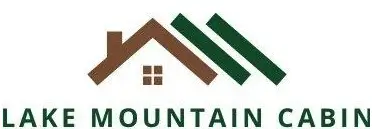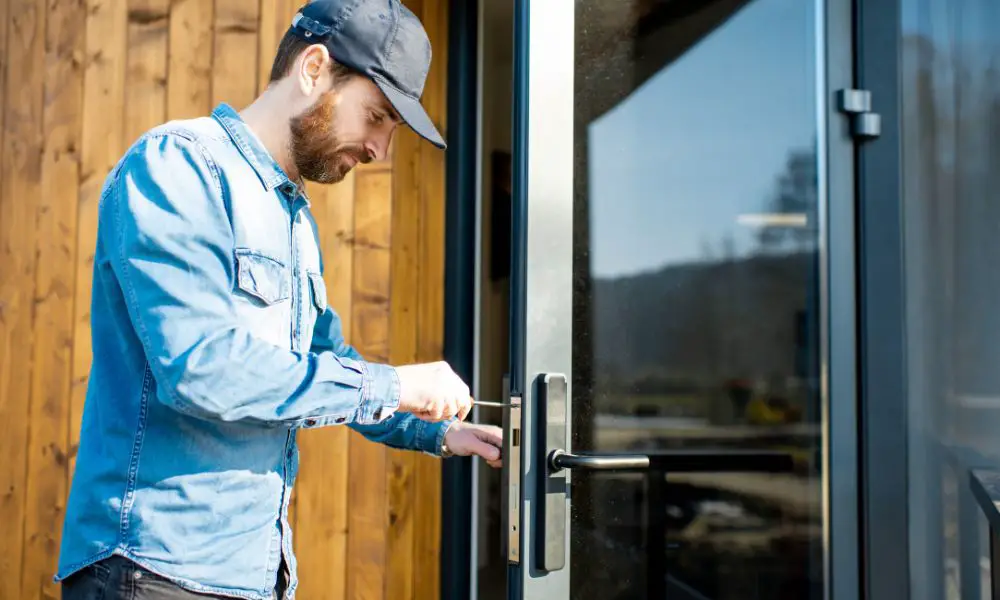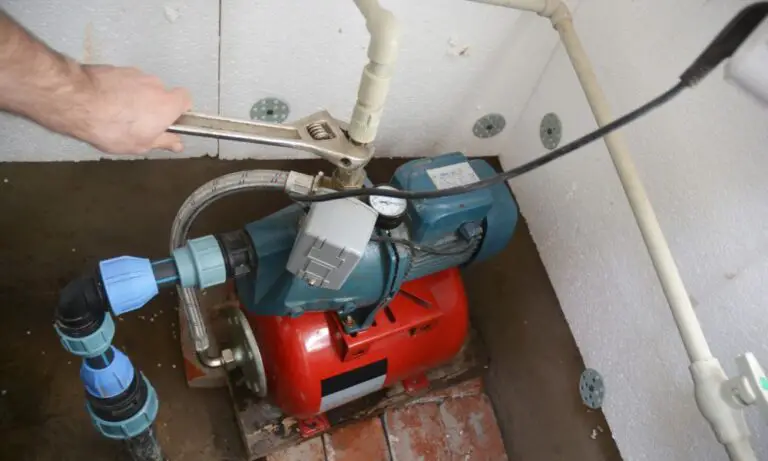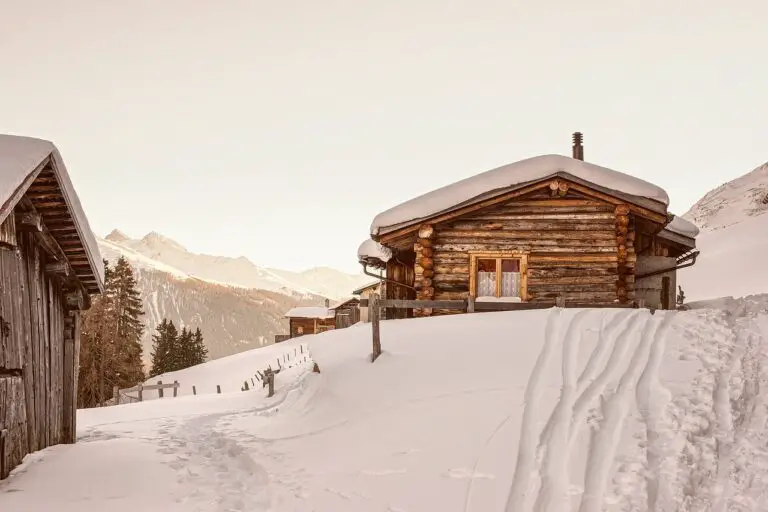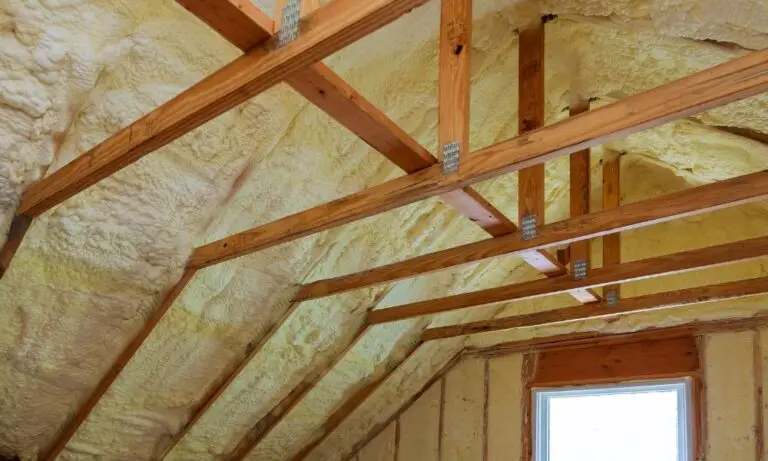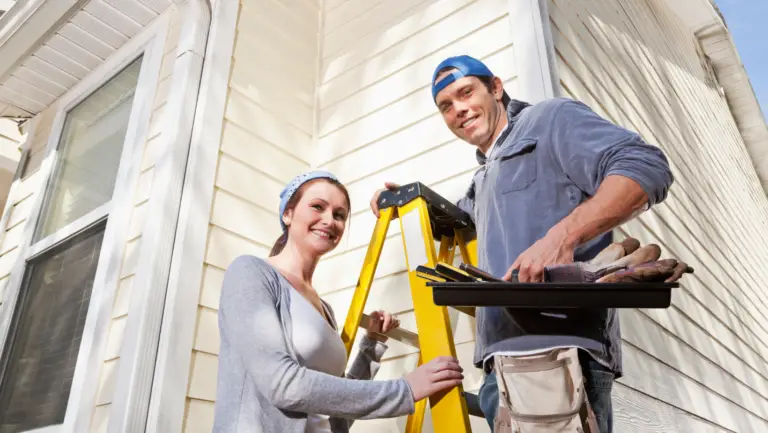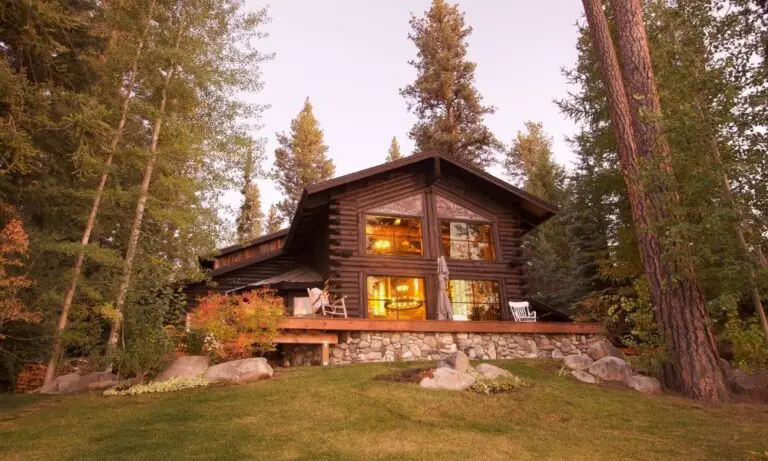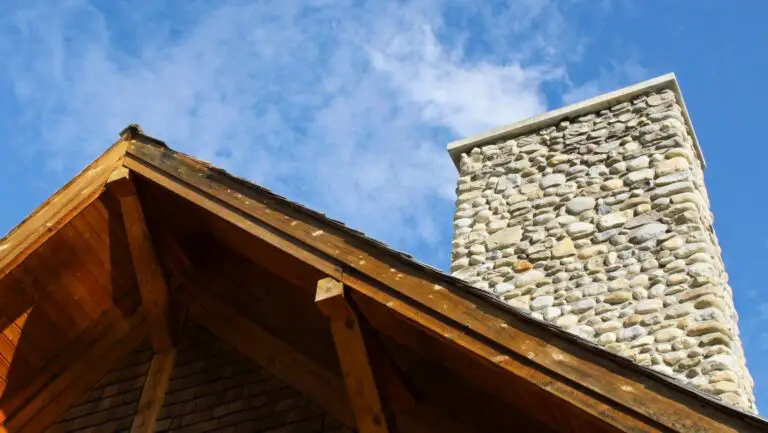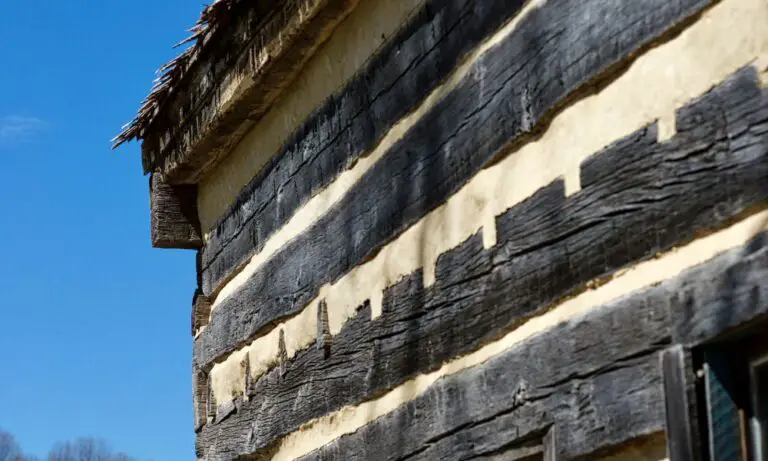As a log home owner, log home repair is essential. Not only will log home repair keep your log home in top condition, but it will also help to preserve its value.
Log home repair can be simple or complex, depending on the extent of the damage.
In today’s post we’re breaking down log home repair and maintenance essentials, so you can keep your log home in tip-top shape.
Log Home Repair: Visual Inspection
Before and log home repairs begin we must carry out a visual inspection. You’ll want to check for any cracks or gaps in the log home’s exterior. Over time log home chinking and caulk can deteriorate, which can also allow water to seep in and cause damage.
Another area to inspect is the log home’s foundation. Check for any cracks or movement. If you notice any issues, it’s best to have a professional log home inspector take a look.
The final step in your log home repair inspection is to check the log home’s roof. Look for any missing or damaged shingles. If you have a metal roof, check for any rust or holes.
Log Home Repair: Cleaning and Staining
Cleaning and staining your log home is an important part of log home repair and maintenance. Not only does it improve the log home’s curb appeal, but it also protects the log home from the elements.
To clean your log home, you’ll need a pressure washer. Be sure to use a low-pressure setting and an angled nozzle to avoid damaging the external walls of your log home. You’ll also want to use a log home cleaner specifically designed for log homes.
After you’ve cleaned the log home, it’s time to apply a log home stain. You’ll want to choose a stain that is specifically designed for log homes and that will provide the level of protection your log home needs.
Log Home Repair: Chinking and Caulking
As we mentioned earlier, chinking and caulk can deteriorate over time. This can allow water to seep in and cause damage. To repair this, you’ll need to remove the old chinking and caulk and then apply the new chinking and caulk.
To remove the old chinking and caulk, you’ll need a putty knife and a log home chinking removal tool. Once the old chinking and caulk have been removed, you can then apply the new chinking and caulk.
Repairing Log Home Roofing
Another important aspect of log home repair is roofing. Over time, your log home’s roof will deteriorate and will need to be repaired or replaced.
When inspecting your log home’s roof, you’ll want to look for any missing or damaged shingles. You’ll also want to check for any leaks. If you notice any issues, it’s best to have a professional log home inspector take a look.
Log Home Windows and Door Repair
Windows and doors are another important part of log home repair. Over time, the weather can cause damage to your log home’s windows and doors.
To repair your log home’s windows and doors, you’ll need to replace any damaged or missing parts. You may also need to re-caulk and weatherproof the windows and doors.
Log Home Repair: Flooring
Another log home repair essential is flooring. Over time, your log home’s floors can become damaged or worn. Usually, log home flooring will need to be sanded and refinished.
To sand your log home’s floors, you’ll need a hand sander and a power sander. You’ll also need to rent a floor sander if your log home has large areas of damage. Once the floors have been sanded, you can then apply a log home floor finish.
Log Home Repair: Walls and Ceilings
Repairing your log home’s walls and ceilings is another important part of log home repair. Over time, your log home’s interior walls and ceilings can become damaged or stained.
To repair your log home’s walls and ceilings, you’ll need to sand and refinish them. Think about replastering log home walls or log home ceiling beams if they are extremely damaged.
Log Home Cleaning & Maintenance
Cleaning and maintaining your log home on a regular basis is one of the best ways to prevent log home repair.
You’ll want to regularly clean your log home’s exterior, as well as the interior. You should also have your log home inspected on a yearly basis by a professional log home inspector.
Log Home Electrical and Plumbing
Let’s finish up with two log home repair essentials that are often overlooked: electrical and plumbing.
Your log home’s electrical and plumbing systems should be inspected and maintained on a regular basis. This will help to prevent any issues such as water damage or electrical fires.
It will also ensure that your log home lighting is safe!
Conclusion
Log home repair is essential for all log home owners. By following the tips above, you can keep your log home in top condition and preserve its value.
We hope this guide has helped you to better understand log home repair. Remember, regular cleaning and maintenance are key to preventing log home repair. And if you do have any issues, be sure to call a professional log home inspector or log home repair company.
